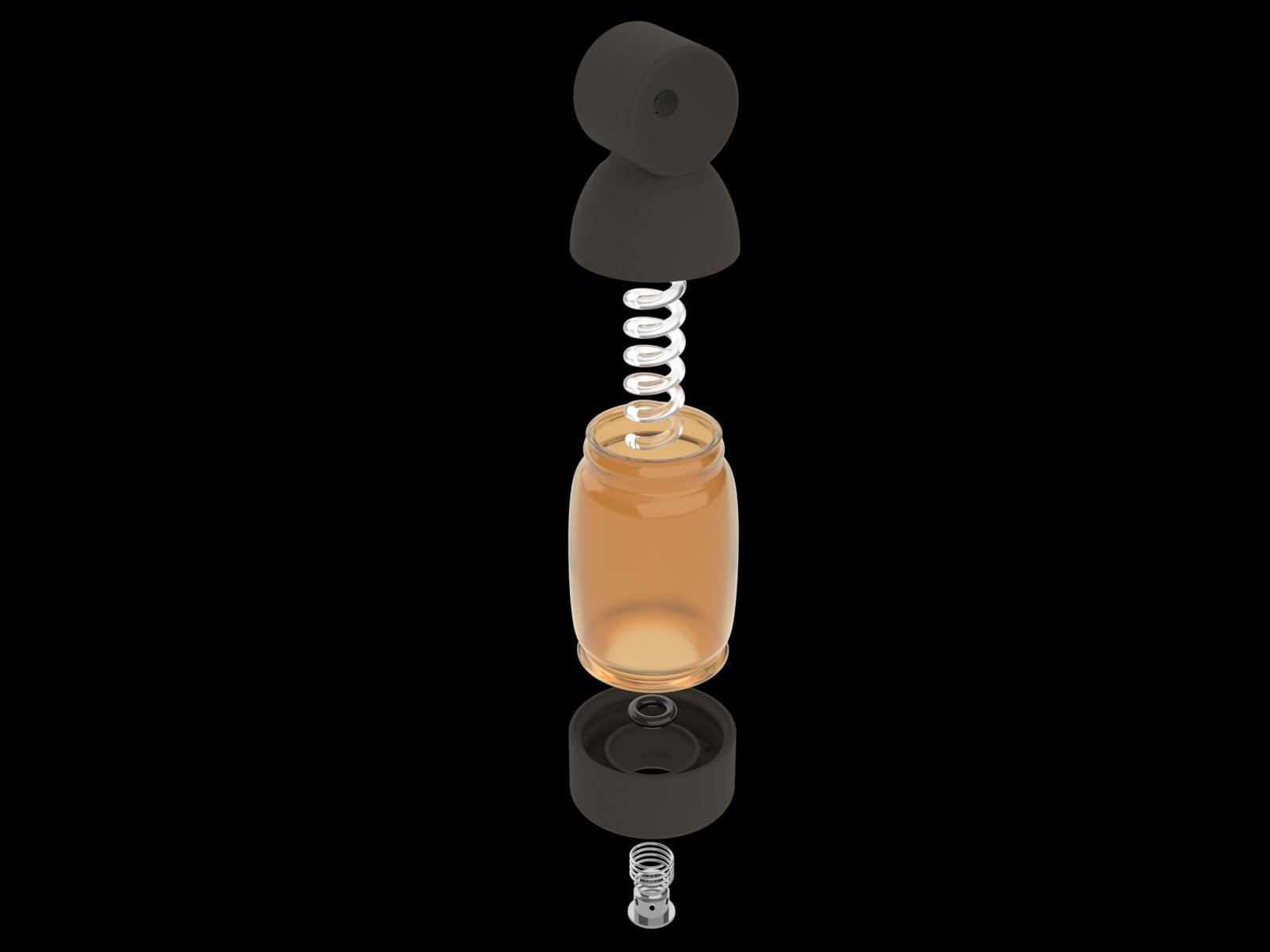Nectar Distribution Container
Problem Alignment
The standard western honey bee has the capacity to carry around 0.02 mL of nectar in its honey stomach. Once full, the bee must make the journey back to the hive, regurgitate the nectar into a wax cell, and return to a harvest location to continue harvesting the nectar. With harvest locations becoming increasingly sparse and distant from the hive, requiring a bee to both harvest and transport the nectar is a gross inefficiency in the honey production process.
"This image is taken from Page 9 of The honey bee : its natural history, anatomy, and physiology" by Medical Heritage Library, Inc. is licensed under CC BY-NC-SA 2.0.
Solution Alignment
Hypothesis
Reducing the flight time of bees through the development of nectar transportation technology will increase the amount of nectar a bee is able to harvest per day.
Deliverable
A container that can more efficiently deliver nectar from the harvest site to the hive for processing. The requirements of the container are.
It must securely contain at least 500x more nectar than an individual western honey bee honey stomach
The bee should be able to dispense its nectar without low risk of predator interference
It should be able to release the nectar contained within it with a simple mechanism
The quantity of liquid it contains should be visible
It should be compact enough that it can be utilized by both transportation and processing mechanisms
Its components should be made of materials that can withstand harsh outdoor environments
Design
Exploded view of proposed nectar distribution container
The proposed solution is a silicon, glass, and aluminum container measuring 145mm x 50mm x 50mm and can contain ~157 mL of nectar. The volume is 7850 times the volume of an average western honey bee’s honey stomach.
The 85A liquid-tight silicon top is designed with a collection path through which bees will enter and regurgitate the nectar they’ve collected from the harvest site nearby. The nectar then gently falls into the container via a glass spiral tube. Once the container is visibly full, it can be transported securely to the hive where the nectar can be distributed via a unidirectional valve at the base.

